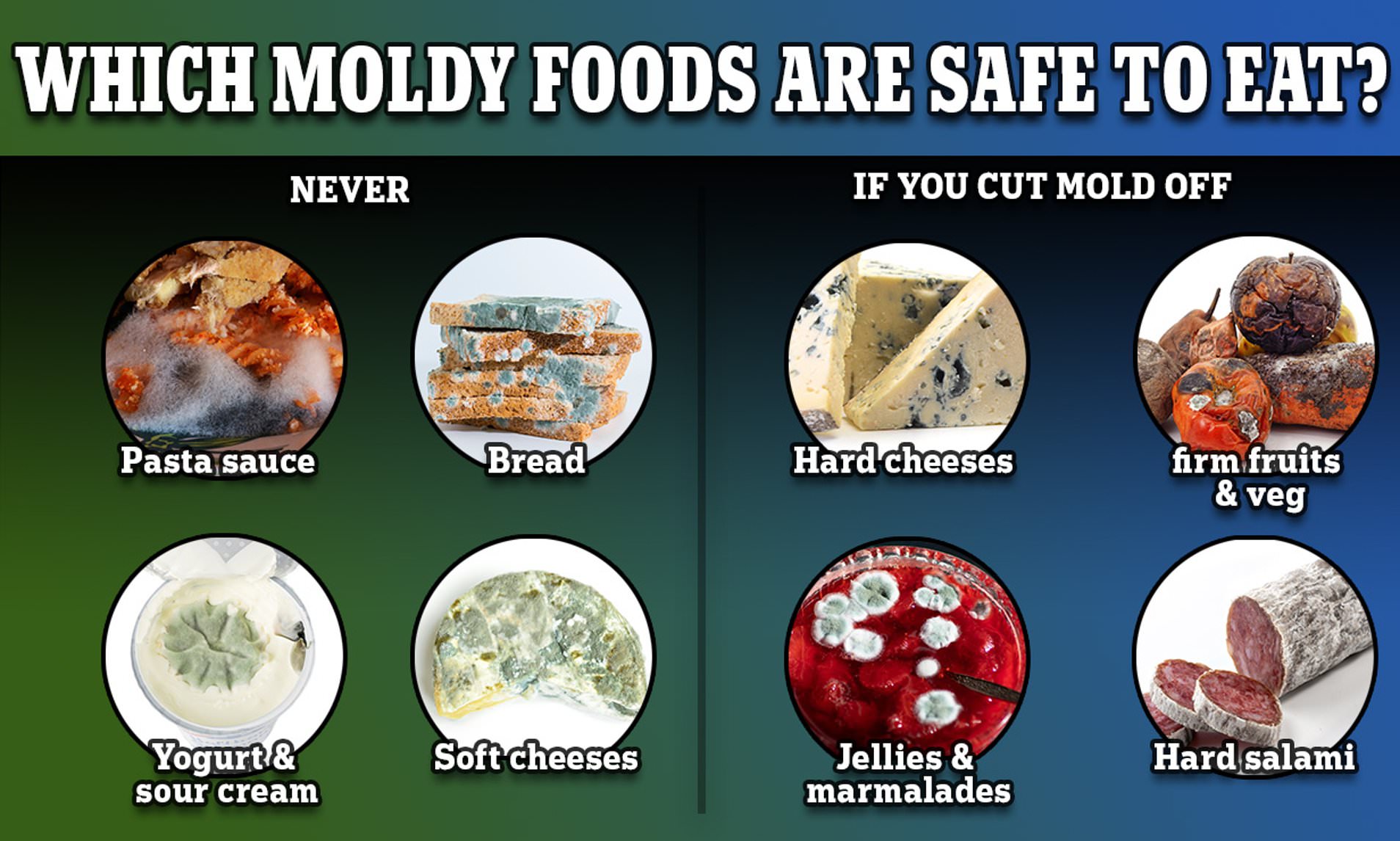Moldy Chocolate: The Surprising Science Behind Food Contamination
– The white coating found on chocolate that has been stored for a while is called bloom, caused by the sugar or fat in the chocolate.
– Bloom is completely safe to eat and should not make you sick.
– Bloom can change the taste of the chocolate but is not bad for you.
– It is difficult for chocolate to grow mold as it is dry and low in moisture.
– Homemade chocolate with wet ingredients can be more prone to mold growth.
– Mold growth on chocolate is rare, but possible if moldy cocoa beans were used in the chocolate-making process or if the chocolate is exposed to bad packaging or pathogens.
– The white coating on chocolate is likely caused by bloom, which occurs due to exposure to moisture or temperature changes.
– There are two types of bloom – sugar bloom and fat bloom.
– Green mold and white mold are the most common colors of mold found on food and in homes, with green mold growing on food and white mold growing on plants or wood-based surfaces.
– The article discusses moldy chocolate and how to determine if chocolate has gone bad. It mentions that moldy chocolate appears as green mold growing on the surface and can be confused with bloom, which is a white, chalky appearance caused by exposure to different temperatures or external moisture. Moldy chocolate may have a funny taste or smell.
– Sugar bloom, which causes a white chalky layer, and fat bloom, which causes a white-gray film, are not usually a big problem and the chocolate is still safe to eat. Chocolate can absorb odors from its surroundings, but as long as there are no other signs of spoiling, it is still fine to eat.
– It is important to check the best-by date and expiration date of chocolate.
– Most of the time, it is okay to eat chocolate past its best-by date.
– Pay attention to the expiry date if the chocolate has other ingredients.
– If chocolate has gone bad, it will have an off or rancid taste.
– Tempering chocolate more than once can alter the quality of taste.
– It is not recommended to eat chocolate with actual mold on it.
– If you choose to scrape mold off chocolate, there may be little risk of foodborne illnesses if the mold has not spread far.
– The white coating on chocolate (bloom) is safe to eat.
– Bloom on chocolate will not make you sick.
– Whether or not to store chocolate in the fridge is a debated topic with no clear answer. Chocolate stored in the fridge can develop bloom. If chocolate has turned white, it can be melted down and molded again to remove the white coating.
– Actual mold on chocolate bars is rare, but if you see fuzzy patches, green or blue spots, or white powdery substance on the surface of the chocolate, it may indicate mold and should be thrown away immediately.
– Moldy chocolate may have an odd odor, smelling stale, dull, or funky.
– Moldy chocolate won’t taste good, so if it has an odd flavor, spit it out and throw the rest away.
– Mold takes years to grow on chocolate unless it is stored improperly or contains other ingredients like fruit or nuts.
– The white stuff on old chocolate is not mold and is safe to consume, but it may affect the flavor and texture.
– If you consumed chocolate with green mold and experience symptoms like shortness of breath, high temperature, or persistent vomiting or diarrhea, seek medical treatment.
– Melted chocolate is still safe to consume.

